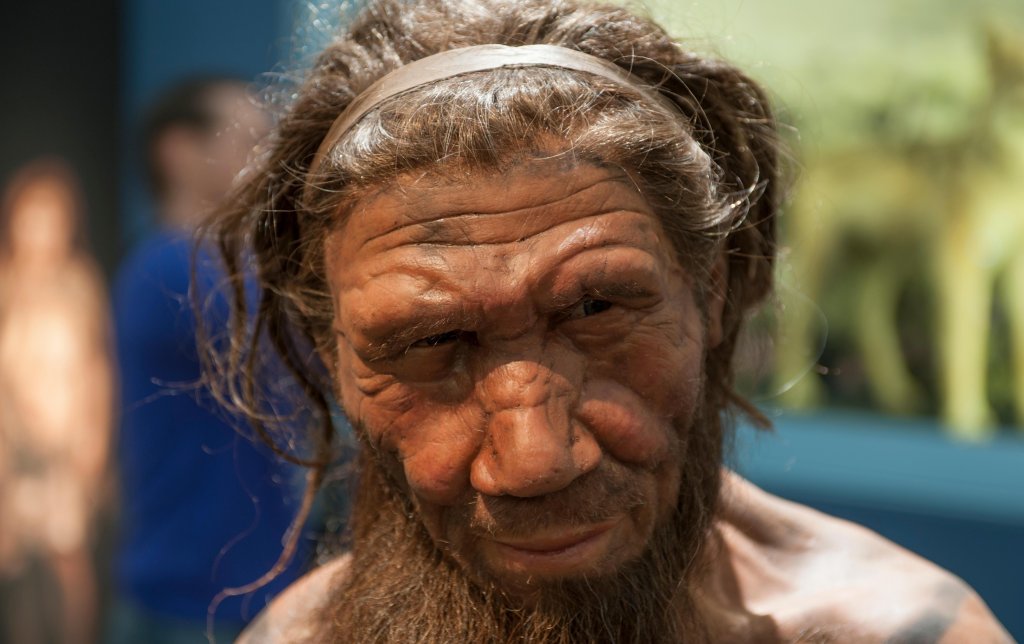Anthropology
Related: About this forumTiny traces of DNA found in cave dust may unlock secret life of Neanderthals Advanced technique used
Advanced technique used to recover genetic material may help solve the mystery of early humans
Robin McKie Science editor
Sun 16 May 2021 04.45 EDT

A model of a Neanderthal man at the Natural History Museum in London. Photograph: Malcolm Park editorial/Alamy Stock Photo
Robin McKie Science editor
Sun 16 May 2021 04.45 EDT
Scientists have pinpointed major changes in Europe’s Neanderthal populations – from traces of blood and excrement they left behind in a Spanish cave 100,000 years ago.
The discovery is the first important demonstration of a powerful new technique that allows researchers to study DNA recovered from cave sediments. No fossils or stone tools are needed for such studies. Instead, minuscule traces of genetic material that have accumulated in the dust of a cavern floor are employed to reveal ancient secrets.
The power of cave dirt DNA analysis is the scientific equivalent of “extracting gold dust from the air”, as one researcher put it, and has raised hopes that it could transform our understanding of how our predecessors behaved.
“The potential of this technology is fantastic,” said Professor Chris Stringer of the Natural History Museum, London. “You don’t need to have a stone tool or a fossil bone to find out if an ancient human had lived or worked at a site. All you need is the DNA that they left behind in the debris of their cave homes. That has enormous implications for all sorts of investigations.”
More:
https://www.theguardian.com/science/2021/may/16/tiny-traces-of-dna-found-in-cave-dust-may-unlock-secret-life-of-neanderthals

Keith Richard
Judi Lynn
(163,980 posts)The clues were buried in the dirt.
Anagha Srikanth | May 17, 2021
What’s a little dirt? Thanks to new technology, it could be the key to understanding the genetic makeup and evolution of the Neanderthals.
"You can imagine them sitting in the cave making tools, butchering animals. Maybe they cut themselves or their babies pooped," said Benjamin Vernot, lead researcher of the latest study out of Max Planck Institute for Evolutionary Anthropology (MPI-EVA) whose "perspective may have been colored by his own baby’s cries during a Zoom call," according to a press release. "All that DNA accumulates in the dirt floors."
Researchers at MPI-EVA developed the technology back in 2017, allowing them to identify Neanderthal DNA from genetic material left behind in caves. The latest findings revealed that about 100,000 years ago, the occupants of the cave were replaced by a different group of Neanderthals.
"This pattern—dispersal over perhaps long distances and population replacement or admixture—is one that we find almost everywhere we look," in humans or other mammals, Beth Shapiro, a molecular biologist at the University of California, Santa Cruz, told Science Magazine in the release.
More:
https://thehill.com/changing-america/enrichment/arts-culture/553916-fantastic-new-technology-finds-secrets-of-human-life